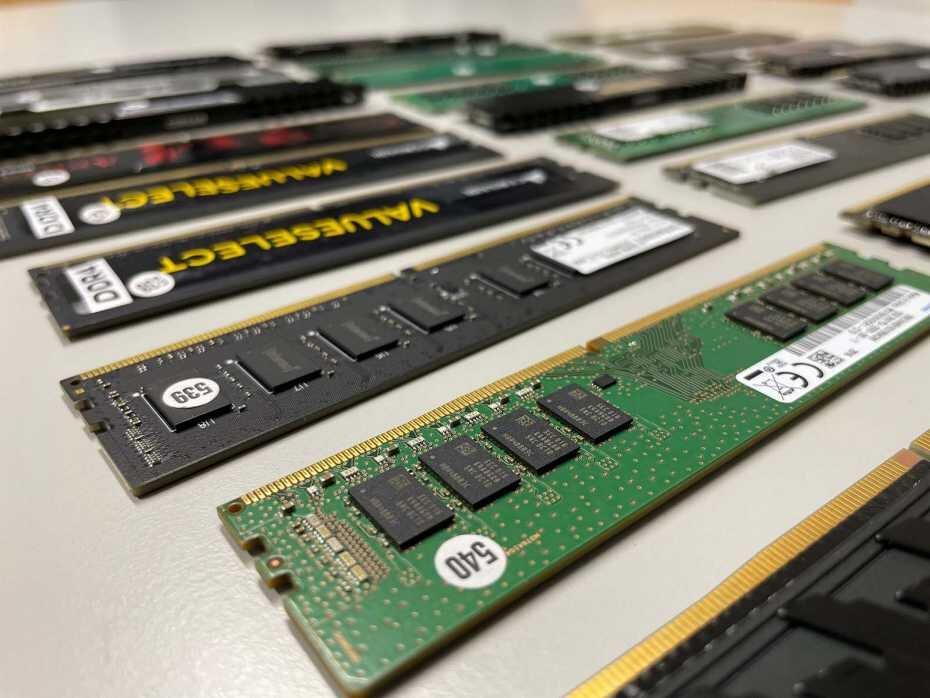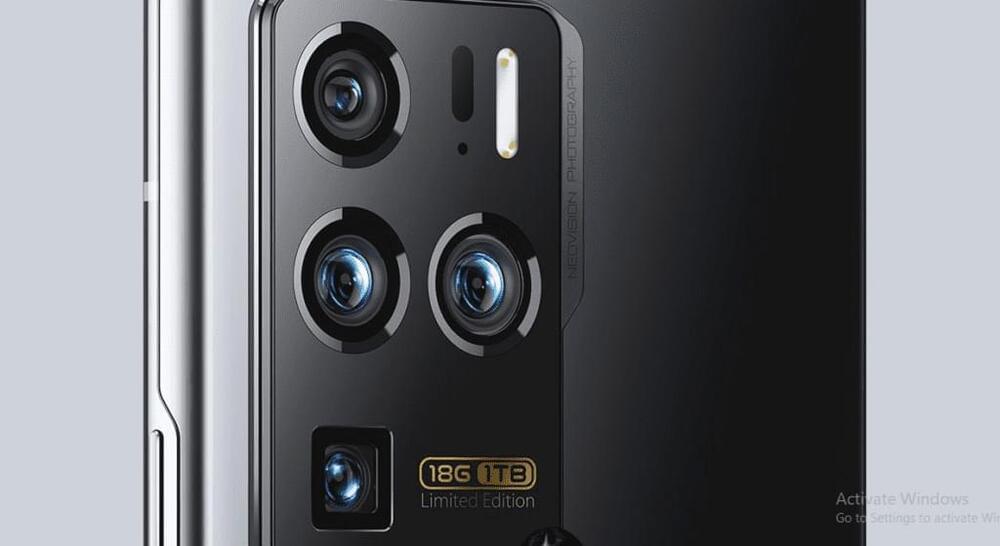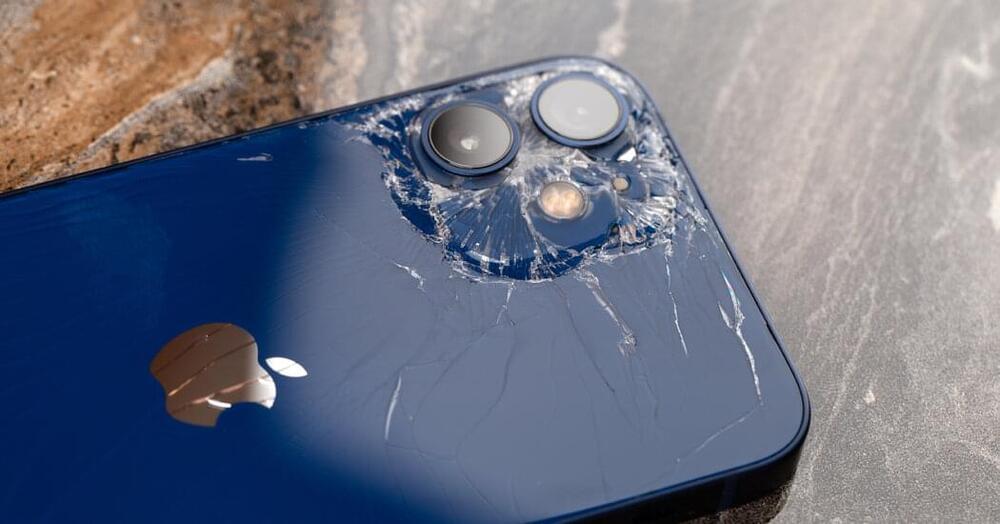We’ve been seeing a wave of innovations in solar panel technology, like perovskite solar cells, solar tiles and roofs, and organic panels. But what if we could harvest solar energy from the windows and skylights of our homes and skyscrapers, or even from our car windows and cellphone screens? Let’s explore transparent solar panels and how they stack up against conventional panels. Could transparent solar cells be the future of solar energy? Or does it remain to be unseen?
Watch Exploring Why This Nuclear Fusion Breakthrough Matters: h https://youtu.be/-KEwkWjADEA?list=PLnTSM-ORSgi7UWp64ZlOKUPNXePMTdU4d.
Video script and citations:
https://undecidedmf.com/episodes/exploring-why-transparent-s…isnt-clear.
Follow-up podcast:
Video version — https://www.youtube.com/channel/UC4-aWB84Bupf5hxGqrwYqLA
Audio version — http://bit.ly/stilltbdfm.
👋 Support Undecided on Patreon!
https://www.patreon.com/mattferrell.
⚙️ Gear & Products I Like.






